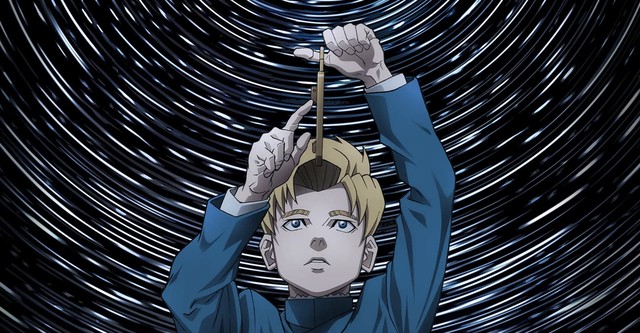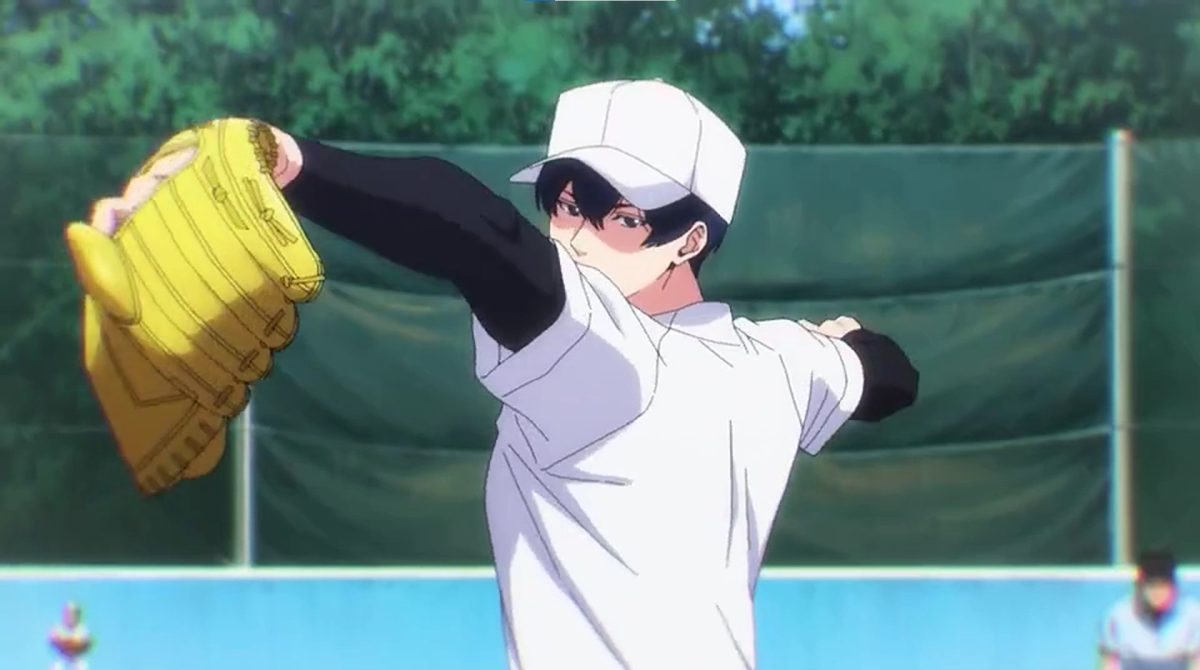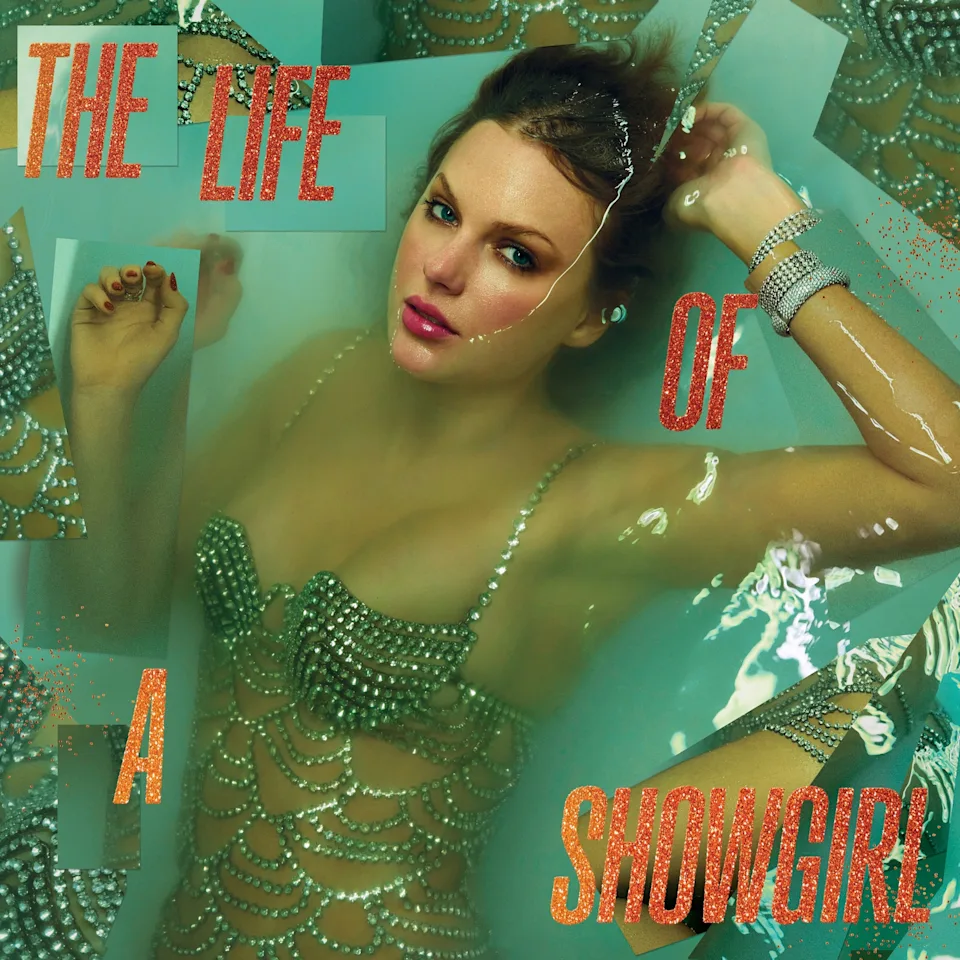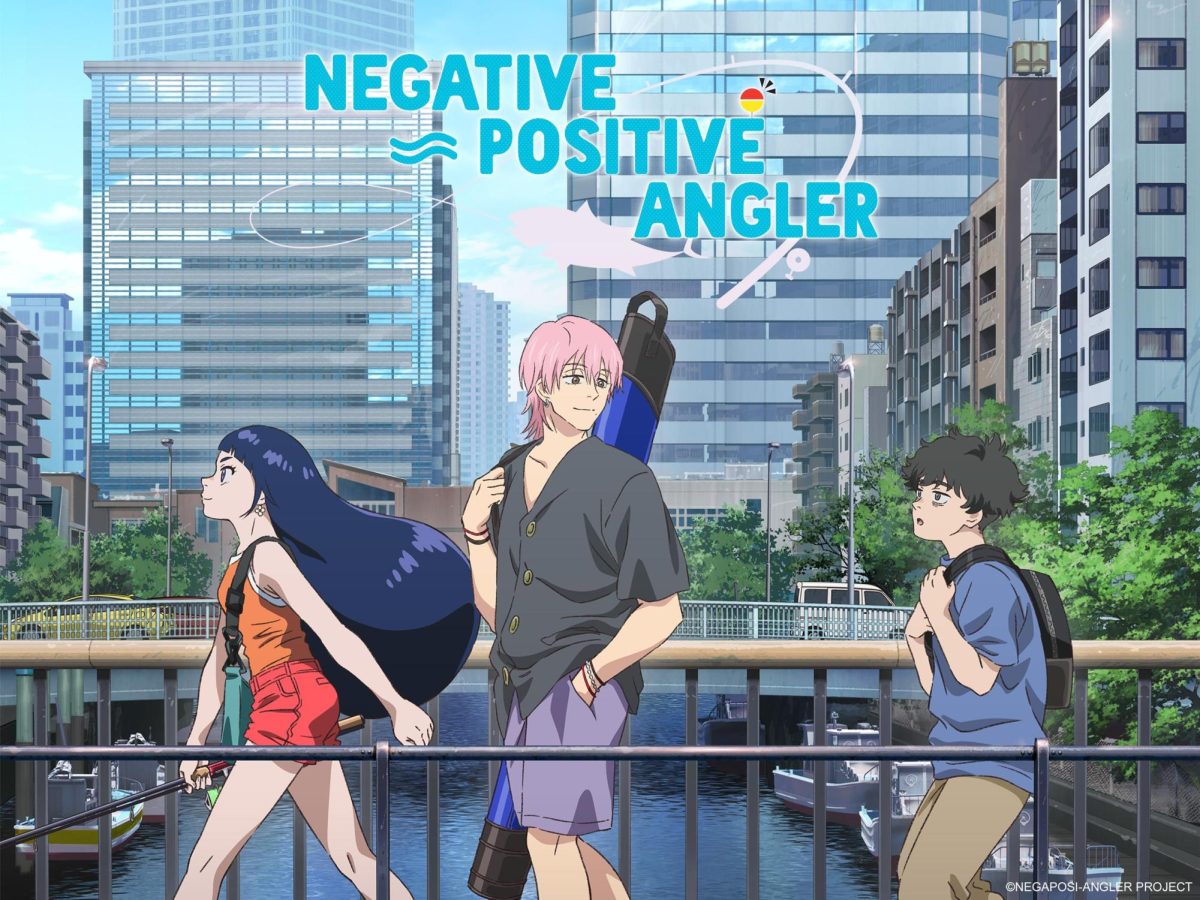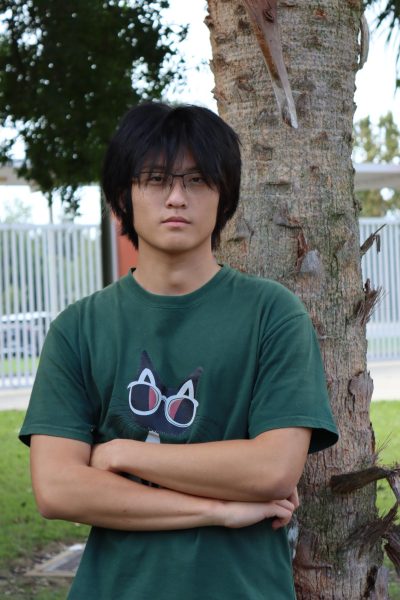To move the Earth, what are you willing to pay?
To find the truth, what are you willing to pay?
“Orb: On the Movements of the Earth,” is a Japanese manga series later animated by Madhouse, released in October of 2024.
In a hypothetical medieval kingdom called Kingdom P, believers of heliocentrism tried to disprove and overthrow the orthodoxical geocentric theory. Among those people were Rafal, Oczy and Draka.

The anime brings the audience into the perspective and the mental journey of those three protagonists. They were all separated to a great extent because of their backgrounds. Among the three of them, Rafal had an incomparable family and Intelligence, wanting to follow his creed of “rationality should be aesthetic”; Oczy was a mercenary, believing the world is dangerous and dirty; Draka was born in a small village with the ultimate goal of earning money.
They were not supposed to be working “together” towards the same goal due to gender, age, cogitation and social class, but still, they connected to each other ideologically, keeping the torch of truth lit until it reached the end as they could.

The strength of this anime is how well it portrays its characters. The production team gave great attention to detail on characters’ behaviors, emotions and tones. The team did very well using their characters to show “simple humanity,” the human nature being fully displayed among all the characters.
All of the protagonists have complex personalities, making them seem like real people rather than made up heroes or heroines.

Even the characters’ flaws reveal the depth of their humanity. Rafal was an orthodoxal scholar, questioning his “heretic thoughts.” He thought heretics were supposed to be burned to death in suffering. Oczy always felt insane for the work he did because it included killing people, and had to calm himself by believing in the existence of heaven. Draka seemed to only work on heliocentrism due to the promise of money, but greed was shown to stem from childhood trauma.
It is even more obvious in other characters: Nowak, the inquisitor of the church, a clergy, let his targets suffer and force their admission or clues of heretic, and he was firm enough that he would do this to his daughter if she was suspected as such. It for sure made him still a villain but justified his actions.
While the characters are the main draw, other parts make it worth a watch. The studio, Inside Orb, that created “Orb” created an epic environment: they knew when to give a full scene as well as when to give a beat of silence for the audience to think and reflect. The detailed transitions also give it such an epic feeling all throughout the story.
Additionally, what contributes to this anime is that the original illustrator had an incredible idea in not choosing a well-known character like Galileo or Copernicus, instead creating original characters, allowing more room for creativity and character development.

As a historical and scientific anime, within the limit of its category, this series is as interesting and well-made as possible. It feels a bit compressed even though it is a 25-episode anime, which is enough to recognize the production team’s attention to detail and deep understanding of the plot—then to pick out important parts to portray. I would definitely recommend this to those who like scientific adaptational stories.
“Even if the theory of heliocentrism was almost published, it was all burned, inheritance collapsed, and the only hope of publishing the “book” also failed at the last moment. But as long as there is an idea “the movement of the earth” and one person’s curiosity, there can be countless restarts, countless people will continue to move the earth and become history.”

